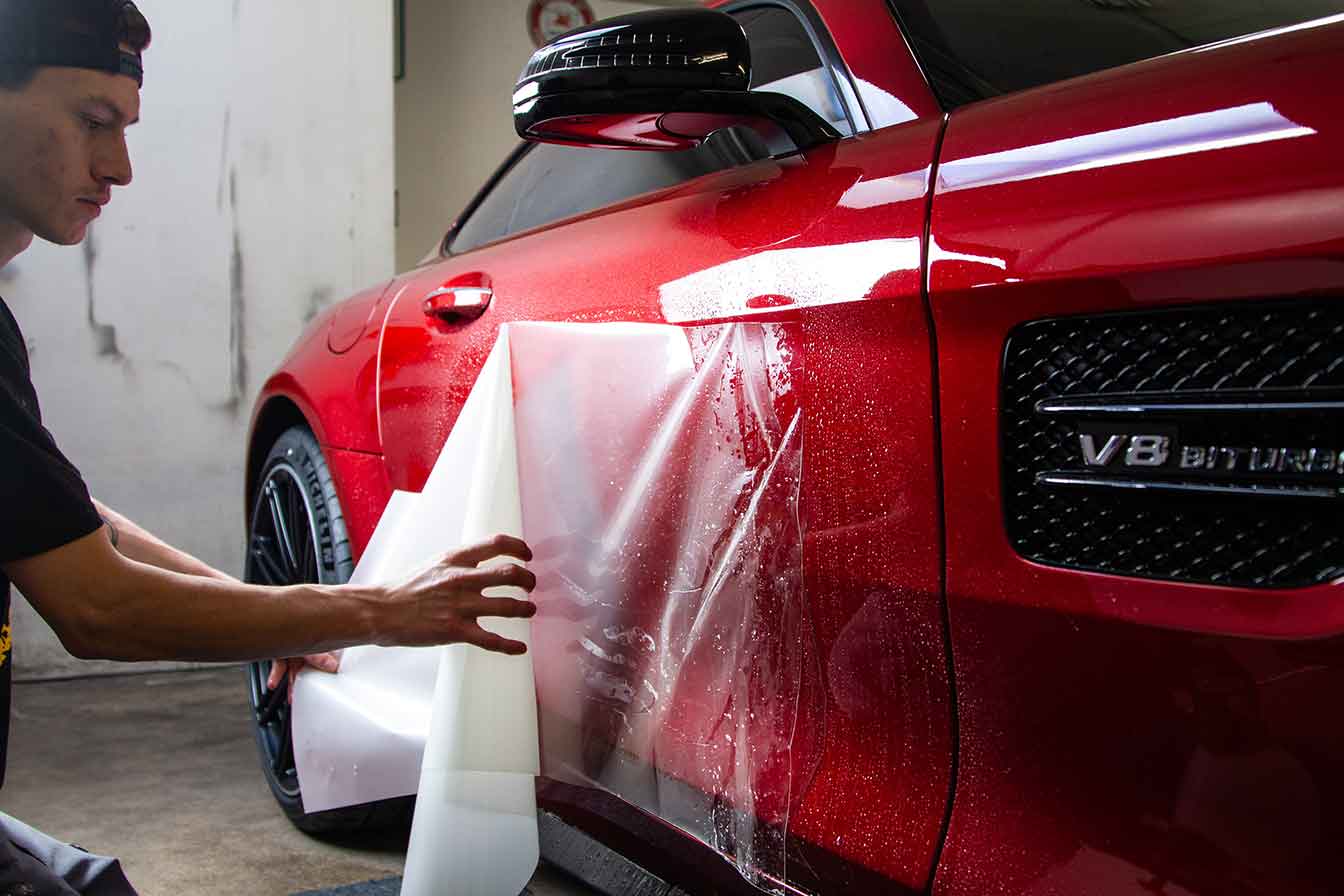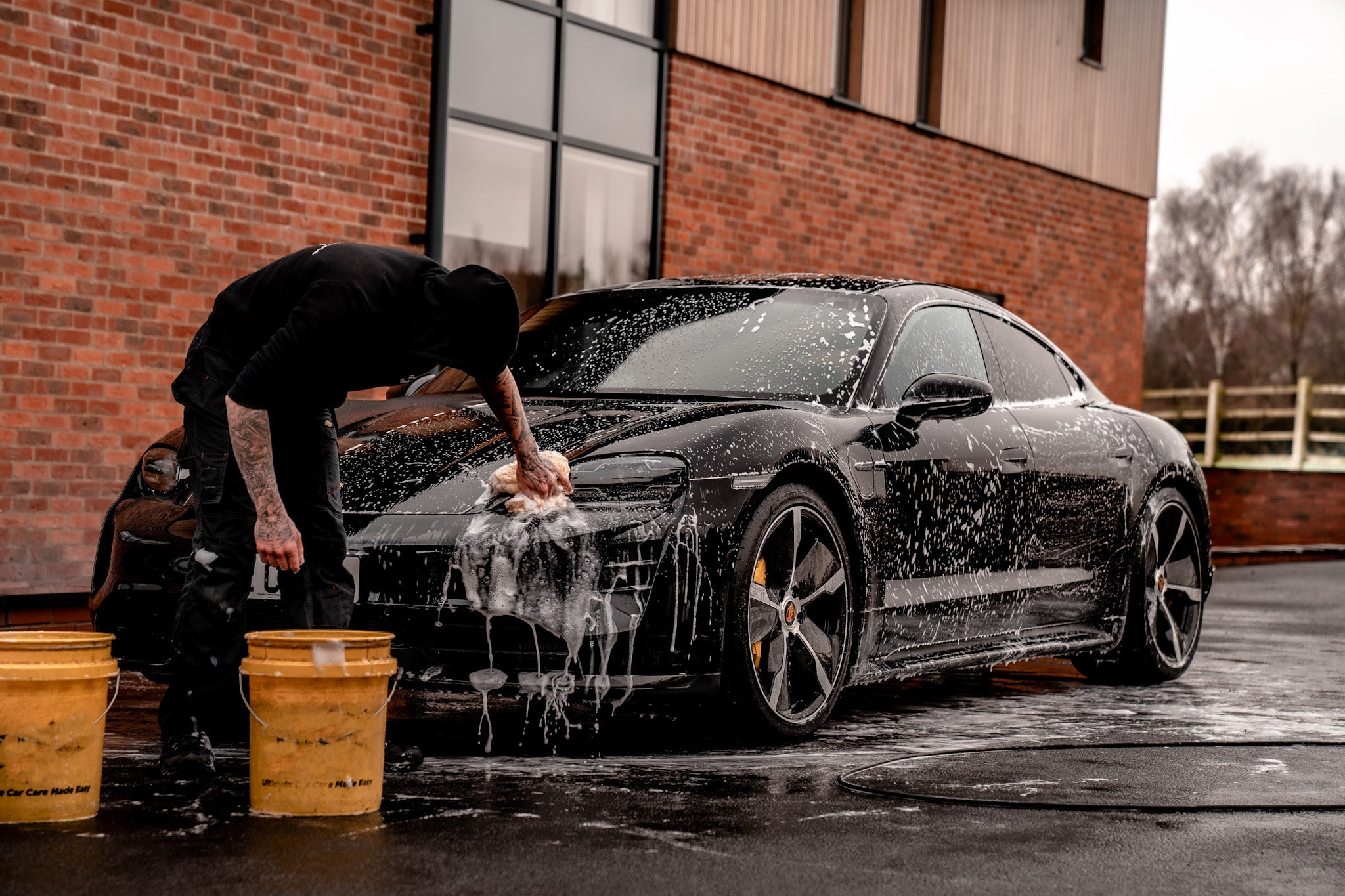A Comprehensive Guide to the Kinds of Ceramic Covering on the Market
Ceramic coverings have emerged as a pivotal option across various markets due to their one-of-a-kind homes and applications. As we discover the unique characteristics and applications of these finishings, the effects for efficiency and durability become significantly noticeable, raising questions concerning which kind might best suit your demands.
Comprehending Ceramic Coatings
Ceramic coverings are sophisticated protective services that have gotten popularity in numerous markets, specifically in automotive and aerospace applications. These coverings consist of a liquid polymer that, when treated, forms a sturdy, hydrophobic layer on the surface area of the substratum. This layer provides improved resistance to environmental impurities, UV radiation, and chemical exposure, thereby extending the life and visual allure of the underlying material.
The essential component of ceramic coverings is silica, which adds to their solidity and resilience. The application procedure generally includes surface preparation, application of the coating, and treating, which can be achieved through warm or UV light. Once cured, ceramic finishings exhibit remarkable bonding properties, allowing them to adhere highly to a range of surface areas, including steels, plastics, and glass.
Along with their protective functions, ceramic layers additionally use simplicity of upkeep. Their hydrophobic nature decreases the adherence of dirt and grime, making cleaning easier and much less constant. Overall, the fostering of ceramic finishes represents a considerable innovation in surface security technology, offering both useful and aesthetic benefits throughout several fields.
Types of Ceramic Coatings
Various kinds of ceramic coverings are offered, each made to meet specific performance needs and applications - Auto Detailing. One of the most common types include:
Silica-based Coatings: These coatings mainly are composed of silicon dioxide and are known for their durability and chemical resistance. They are commonly made use of in auto and industrial applications.
Titanium Dioxide Coatings: Distinguished for their photocatalytic residential or commercial properties, titanium dioxide coatings are often applied in atmospheres where self-cleaning and antifungal buildings are desirable, such as in building products and auto coatings.
Zirconia Coatings: Defined by their high-temperature stability and thermal resistance, zirconia coatings are used in applications such as generator engines and high-performance vehicle components.
Alumina Coatings: Displaying superb hardness and thermal stability, alumina coatings are regularly made use of in wear-resistant applications, including reducing tools and commercial machinery. - scratch repair sarasota
Hybrid Coatings: Combining the residential properties of different materials, crossbreed finishings provide boosted efficiency qualities, making them appropriate for special and requiring applications.
Each kind of ceramic finish offers unique objectives, permitting individuals to choose the most appropriate solution based upon details environmental problems and performance demands.
Advantages of Ceramic Coatings
Ceramic coverings, in certain, deal countless benefits that make them progressively preferred amongst manufacturers and customers alike. These finishings are immune to scrapes, chemicals, and UV rays, guaranteeing that the underlying surface area continues to be secured over time.
Along with resilience, ceramic coverings provide excellent hydrophobic residential or commercial properties, permitting for simple cleansing and maintenance. This water-repellent nature minimizes the adherence of dirt, grime, and various other contaminants, which can lengthen the aesthetic charm and functionality of the surface area. Moreover, ceramic finishings can dramatically enhance thermal resistance, making them ideal for applications that withstand heats.

Application Process
When applying ceramic layers, a careful strategy is crucial to accomplish ideal results. A tidy surface makes certain proper bond of the layer.
Once the surface is prepped, the next step is to use the ceramic layer. This can be done using an applicator pad or a microfiber cloth, ensuring even insurance coverage. It is essential to work in small sections to preserve control and protect against premature healing. The finish must be used in thin layers, as thicker applications can lead to unequal coatings.
After application, the finish calls for a particular healing time, usually ranging from a few hours to a full day, depending upon the item. Throughout this time, it is essential this hyperlink to avoid exposure to wetness or pollutants. A mild buffing may be needed after treating to improve the gloss and remove any kind of high places. Adhering to these actions carefully will make best use of the effectiveness and longevity of the ceramic finish, providing a sturdy safety layer for the surface.
Maintenance and Longevity
To ensure the durability and effectiveness of a ceramic finish, regular maintenance is necessary. Ceramic finishes, recognized for their durability and safety high qualities, need certain treatment routines to maximize their life-span and efficiency.
In enhancement to routine washing, routine assessments are vital. Look for indications of wear or damages, such as hydrophobic residential or commercial properties decreasing or surface imperfections. If essential, a light polish might be used to rejuvenate the finish without removing it away.
Furthermore, the application of a booster spray can enhance the covering's hydrophobic results and restore its gloss. This is specifically advantageous for finishings that have actually remained in usage for an extensive period. Inevitably, by adhering see this here to these upkeep methods, one can significantly prolong the life of a ceramic finish, guaranteeing that it proceeds to offer optimal defense versus ecological variables and preserve the aesthetic appeal of the vehicle.
Final thought
